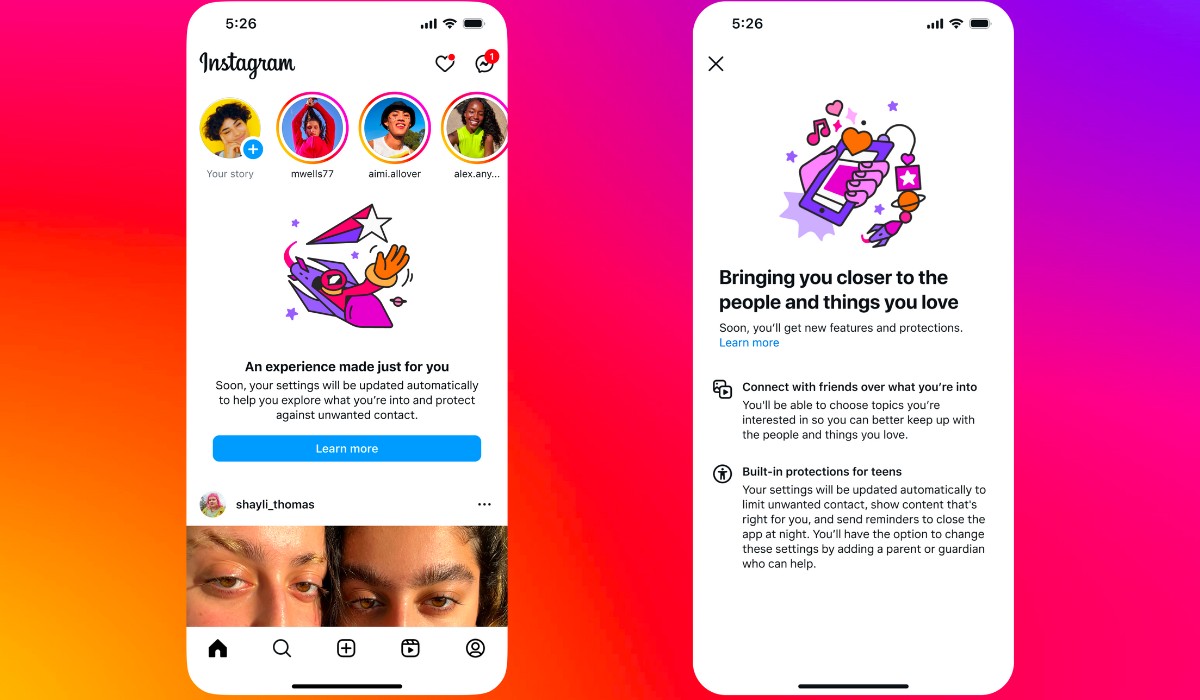The official match ball used in every FIFA World Cup edition is given a name that separates it from the others. Keeping that tradition alive, the official match ball for the global tournament is also one of a kind. FIFA and Adidas have collaborated to give the world ‘Al Rihla’. The 14th successive ball Adidas has created for the 2022 FIFA World Cup travels faster in flight than any other World Cup ball to support the highest game speeds.
Features of Al Rihla:

Instead of using raised textures to increase surface roughness like with previous balls, the Al Rihla is covered with dimplelike features that give its surface a relatively smooth feel compared to its predecessors.
To make up for the smoother feel, the Al Rihla’s seams are wider and deeper – perhaps learning from the mistakes of the overly smooth Jabulani, which had the shallowest and shortest seams of recent World Cup balls and which many players felt was slow in the air.
When air flow transitions from turbulent to laminar flow, the drag coefficient rises rapidly. When this happens to a ball in flight, the ball will suddenly experience a steep increase in drag and slow down abruptly.
Most of the World Cup balls we tested made that transition at roughly 36 mph (58 kph). As expected, the Jubalani is the outlier, with a transition speed around 51 mph (82 kph). Considering that most free kicks start off traveling in excess of 60 mph (97 kph), it makes sense that players felt the Jabulani was slow and hard to predict. The Al Rihla has aerodynamic characteristics very similar to its two predecessors, and if anything, may even move a bit faster at lower speeds.
Every new ball is met with complaints from somebody, but the science shows that the Al Rihla should feel familiar to the players in this year’s World Cup.











